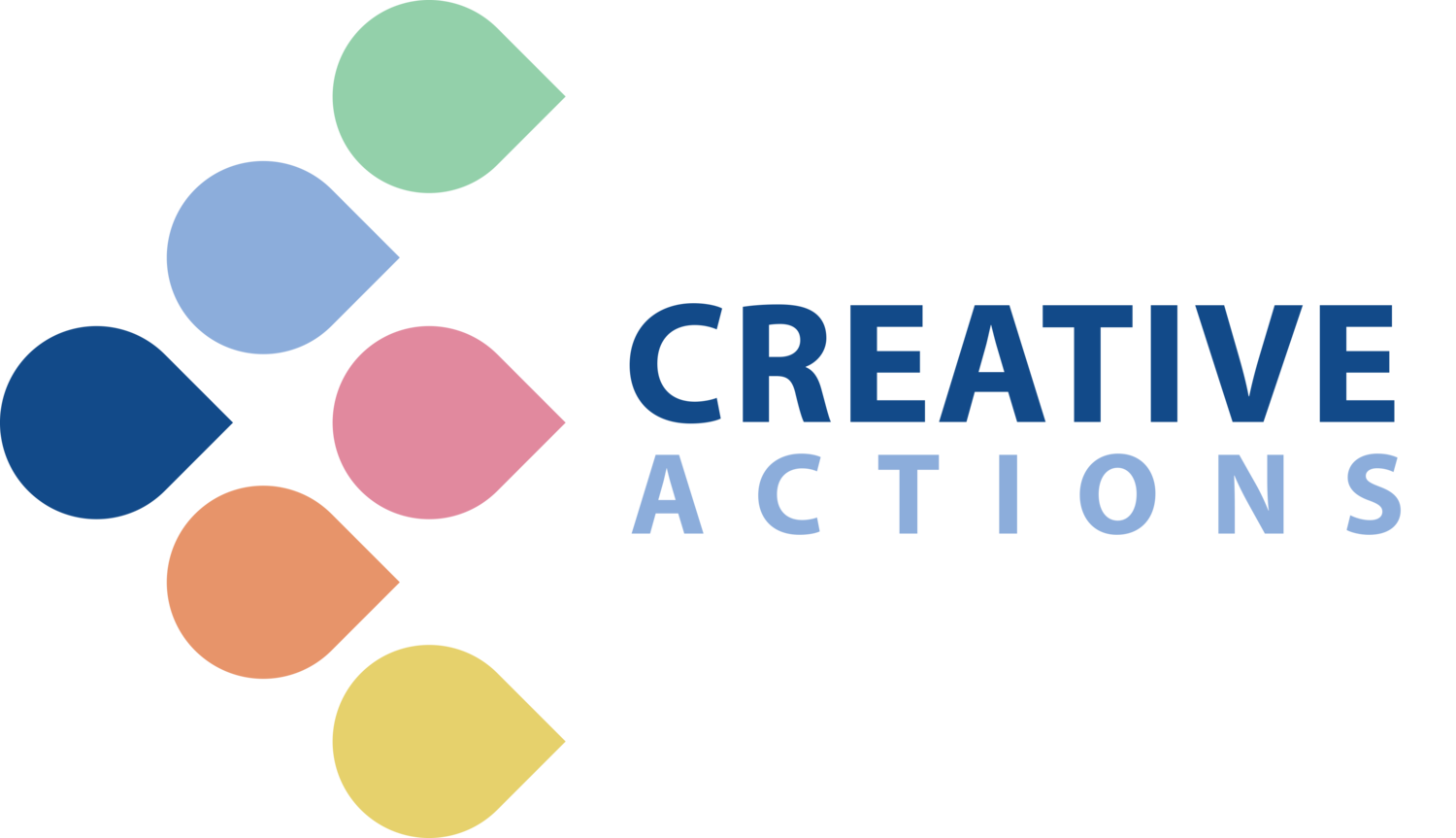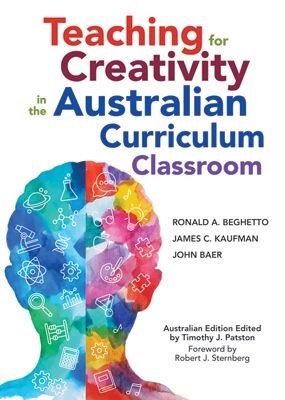FURTHER READING
In Teaching for Creativity in the Australian Curriculum Classroom, the authors outline ways to adapt existing lessons and mandated curricula to encourage the development of student creativity alongside more traditional academic skills. Based on cutting-edge psychological research on creativity, this revised Australian edition of the original text debunks common misconceptions about creativity, describes how learning environments can support both creativity and the Australian Curriculum, offers creative lessons and insights for teaching English and mathematics, and includes assessments for creativity and Australian Curriculum learning. Featuring numerous classroom examples, this practical resource will empower teachers to think of the Australian Curriculum and creativity as encompassing complementary, rather than mutually exclusive, goals.
What is creativity? How does it work? How does it flourish in individuals and organizations? Now in its second edition, this bestselling introductory text - written by one of the world’s leading experts on the psychology of creativity - is completely updated and expanded to reflect the tremendous growth in this field. In a redesigned, reader-friendly format, the text surveys the latest theories and research to provide key information about what we know (and don’t know) about creativity including its many definitions and measures. It addresses how creativity operates on individual and social/environmental levels, and the effects and outcomes of the creative mind.
To most of us, learning something “the hard way” implies wasted time and effort. Good teaching, we believe, should be creatively tailored to the different learning styles of students and should use strategies that make learning easier. Make It Stick turns fashionable ideas like these on their head. Drawing on recent discoveries in cognitive psychology and other disciplines, the authors offer concrete techniques for becoming more productive learners.
Memory plays a central role in our ability to carry out complex cognitive tasks, such as applying knowledge to problems never before encountered and drawing inferences from facts already known. New insights into how memory is encoded, consolidated, and later retrieved have led to a better understanding of how we learn. Grappling with the impediments that make learning challenging leads both to more complex mastery and better retention of what was learned.
Many common study habits and practice routines turn out to be counterproductive. Underlining and highlighting, rereading, cramming, and single-minded repetition of new skills create the illusion of mastery, but gains fade quickly. More complex and durable learning come from self-testing, introducing certain difficulties in practice, waiting to re-study new material until a little forgetting has set in, and interleaving the practice of one skill or topic with another. Speaking most urgently to students, teachers, trainers, and athletes, Make It Stick will appeal to all those interested in the challenge of lifelong learning and self-improvement.
A study of creativity in the context of education, an issue of great importance for teachers and students alike. It considers just how creativity “works” and how it can be encouraged. The book has an international and an historical sweep and features many examples.





